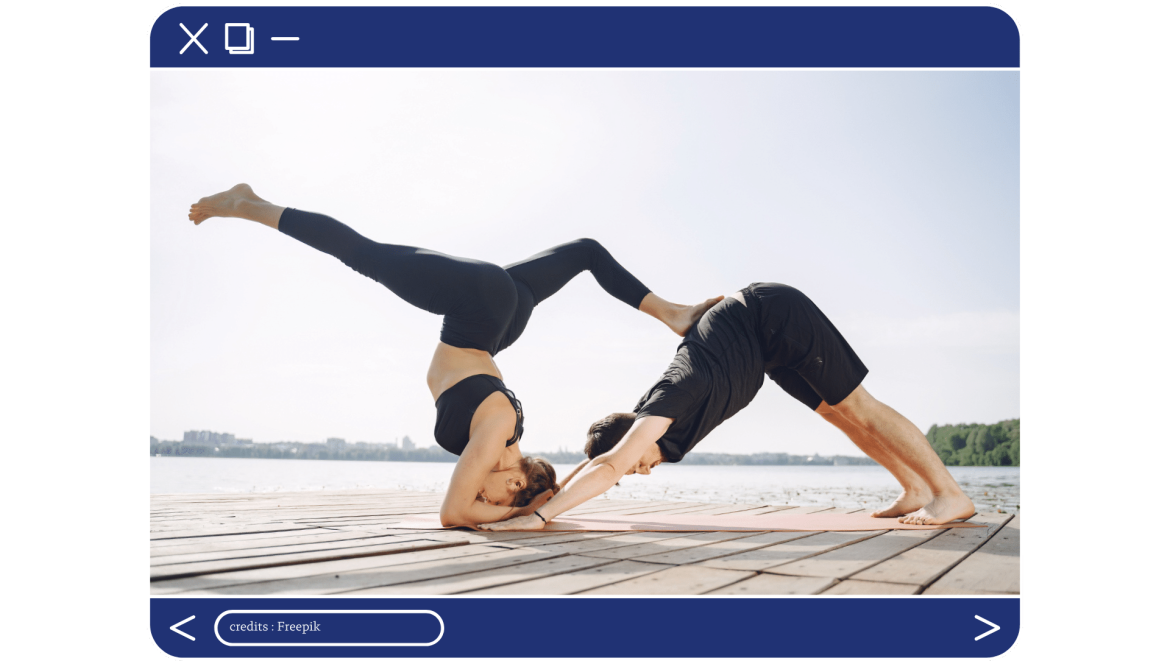Which sports are good for the perineum?

Discover the benefits of sports for the perineum and strengthen your foundations for better health.
In this article, explore 5 physical activities that benefit both women and men.
Consult a healthcare professional before starting any exercise program, and adapt them to your fitness level to maximize the benefits while minimizing the risks.
Invest in your well-being by making these activities part of your routine!
Sports that benefits the perineum: strenghten your foundations for better health
The perineum, an area of muscle and tissue located between the pubis and coccyx, is essential for maintaining the stabil:ity of the pelvic organs and ensuring proper control of urinary and sexual functions.
Regular exercise of these muscles is crucial to achieving optimal pelvic health.
In this article, we highlight five sports that are benefical to the perineum, for both women and men, and explain why they can help strengthen this crucial area of the body.

Kegel exercices involve repeated voluntary contractions of the pelvic floor muscles.
These exercices strengthen the muscles of the perineum, improving urinary continence and helping to prevent pelvic organ prolapse.
They are particularly useful for women after childbirth, but also for men with bladder control problems.

Yoga promotes body awareness and muscle coordination, including that of the perineum.
Yoga postures and movements can help strenghten pelvic floor muscles, improving pelvic stability.
Conscious breathing and relaxation in yoga are also beneficial for releasing tension in the pelvic region.

Pilates focuses on strengthening the core, including the pelvic floor muscles.
Pilates exercices use controlled, targeted movements to improve strength, flexibility and balance.
By strengthening, perineal muscles, pilates can healp prevent urinary incontinence and support pelvic health.

Swimming is a low-impact sport that involves many muscles groups, including those of the perineum.
Fluid and continuous movements in the water help strengthen pelvic floor muscles without generating excessive shock or strain.
Swimming promotes blood circulation and can improve pelvic muscle tone.

Walking is a simple exercise that is accessible to all and beneficial for the perineum.
It strengthen the muscles of the trunk, including those of the pelvic floor, contributing to a better posture and increased stability.
Regular walking can also promote adequate blood circulation in the pelvic region.
Why are these sports good for the perineum?
These sports target the pelvic floor muscles gently and effectively.
Kegel exercices, yoga, pilates, swimming and walking strengthen these muscles, improving the tone and functionality of the perineum.
They also promote blood circulation and help prevent pelvic health problems, such as urinary incontinence and organ prolapse.
Incorporating these sports into your exercice routine can be extremely beneficial for your perineal health.
By strenghtening these important muscles, you improve your quality of life by preventing many common pelvic problems.
Remember to consult a healthcare professional before starting any new exercice program, and adapt these activities to your fitness level to reap the maximum benefits while minimizing the risks.
Take care of your perineum and your overall well-being by making these sports part of your routine.
